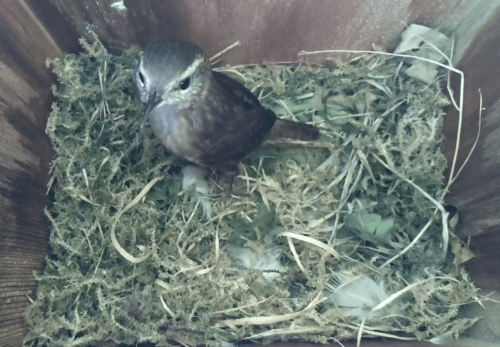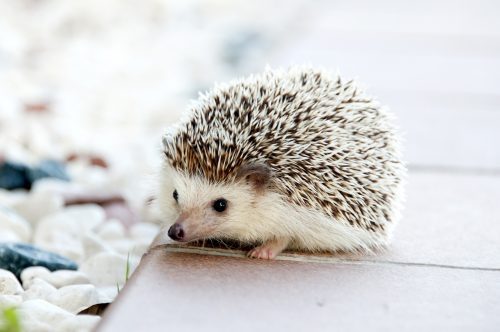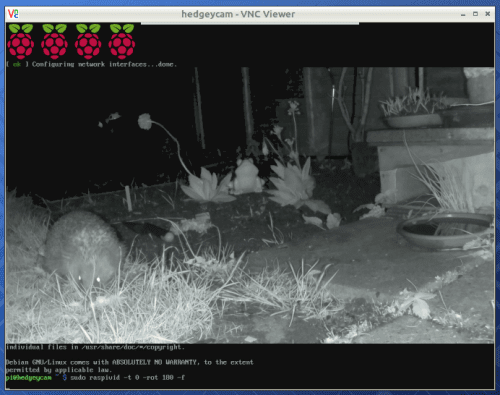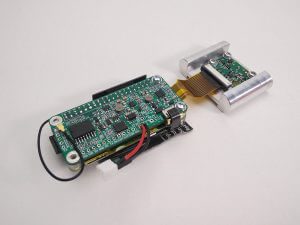Schlagwort: wildlife
-

The Nest Box: DIY Springwatch with Raspberry Pi
Reading Time: 2 minutesLast week, lots and lots of you shared your Raspberry Pi builds with us on social media using the hashtag #IUseMyRaspberryPiFor. Jay Wainwright from Liverpool noticed the conversation and got in touch to tell us about The Nest Box, which uses Raspberry Pi to bring impressively high-quality images and video from British…
-

Helen’s hoglet: an adorable adventure
Reading Time: < 1 minuteToday is a bank holiday here in England, as well as for lucky people in Wales and Northern Ireland. Pi Towers UK is running on a skeleton crew of Babbage Bear, several automated Raspberry Pis, and Noel Fielding, who lives behind the red door we never open. So, as a gift…
-

A hedgehog cam or two
Reading Time: 2 minutesHere we are, hauling ourselves out of the Christmas and New Year holidays and into January proper. It’s dawning on me that I have to go back to work, even though it’s still very cold and gloomy in northern Europe, and even though my duvet is lovely and warm. I found myself…
-

Journeying with green sea turtles and the Arribada Initiative
Reading Time: 4 minutesToday, a guest post: Alasdair Davies, co-founder of Naturebytes, ZSL London’s Conservation Technology Specialist and Shuttleworth Foundation Fellow, shares the work of the Arribada Initiative. The project uses the Raspberry Pi Zero and camera module to follow the journey of green sea turtles. The footage captured from the backs of these magnificent creatures…
-

Stunning Award-Winning Wildlife Animal Photos
Reading Time: < 1 minuteTo keep things a bit more on the geeky side, we’ll start things off with a fascinating look (yet non-award-winning photo) at the black dragonfish, which lives in the deep parts of the Atlantic Ocean beyond where any plant life grows or light reaches. Official Source: http://www.nhm.ac.uk/visit-us/whats-on/temporary-exhibitions/wpy/index.jsp http://www.boredpanda.com/wildlife-photographer-of-the-year-2013-winners/





